Kanishka: A Great Commander
Kanishka I or Kanishka the Great, was the emperor of the Kushan dynasty in the second century (c. AD 127–150). He is famous for his military, political and spiritual achievements. A descendant of Kushan empire founder Kujula Kadphises, Kanishka came to rule an empire in Bactria extending from Turfan in the Tarim Basin to Pataliputra on the Gangetic plain. The main capital of his empire was located at Purucapura in Gandhara, with another major capital at Kapisa. Kanishka was the king of Kushan Empire in Central Asia. He was the third king of Kushan Dynasty. He was very famous for his military, political and spiritual achievements. His main capital was at Peshawar, Purushapura present in northern Pakistan. The regional capitals located the modern city of Taxila in Pakistan, Begram in Afghanistan and Mathura in India. Emperor Kanishka was a Kushan of Yuezhi ethnicity. He spoke an Indo-European language related to Tocharian and followed the Greek script in his inscriptions. The King was the successor of Vima Kadphises and the administration was very impressive among the genealogy of the Kushan Kings. There are so many legendary stories about him preserved in Buddhist religious scriptures. He was equally admired as Ashoka, Harshavardhana and into Greek Menander I. He followed the Buddhist tradition and also considered Buddhists to have been one of the greatest Buddhist Kings. With the brilliant administrative efforts made other to follow the Kanishka’s era, was now generally accepted to have begun in 127 CE on the basis of Harry Falk’s groundbreaking research. Kushans used Kanishka’s era as a calendar reference by the Kushans kings for about a century until the decline of the Kushan realm.
Get it now and save 10%
BECOME A MEMBER

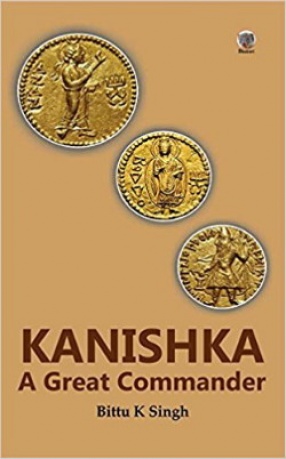
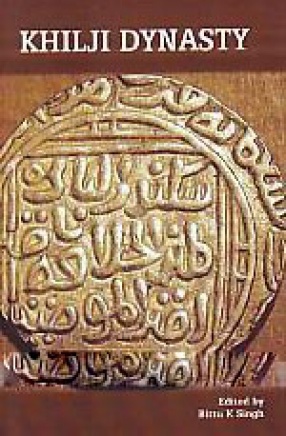


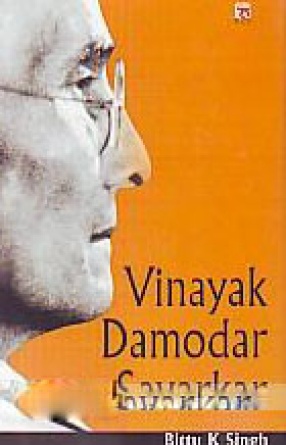


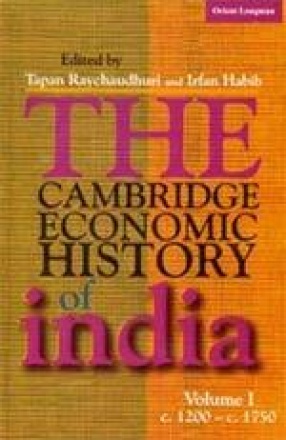
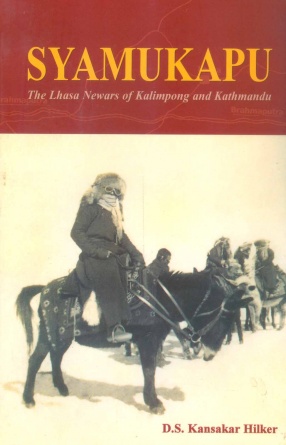

Bibliographic information